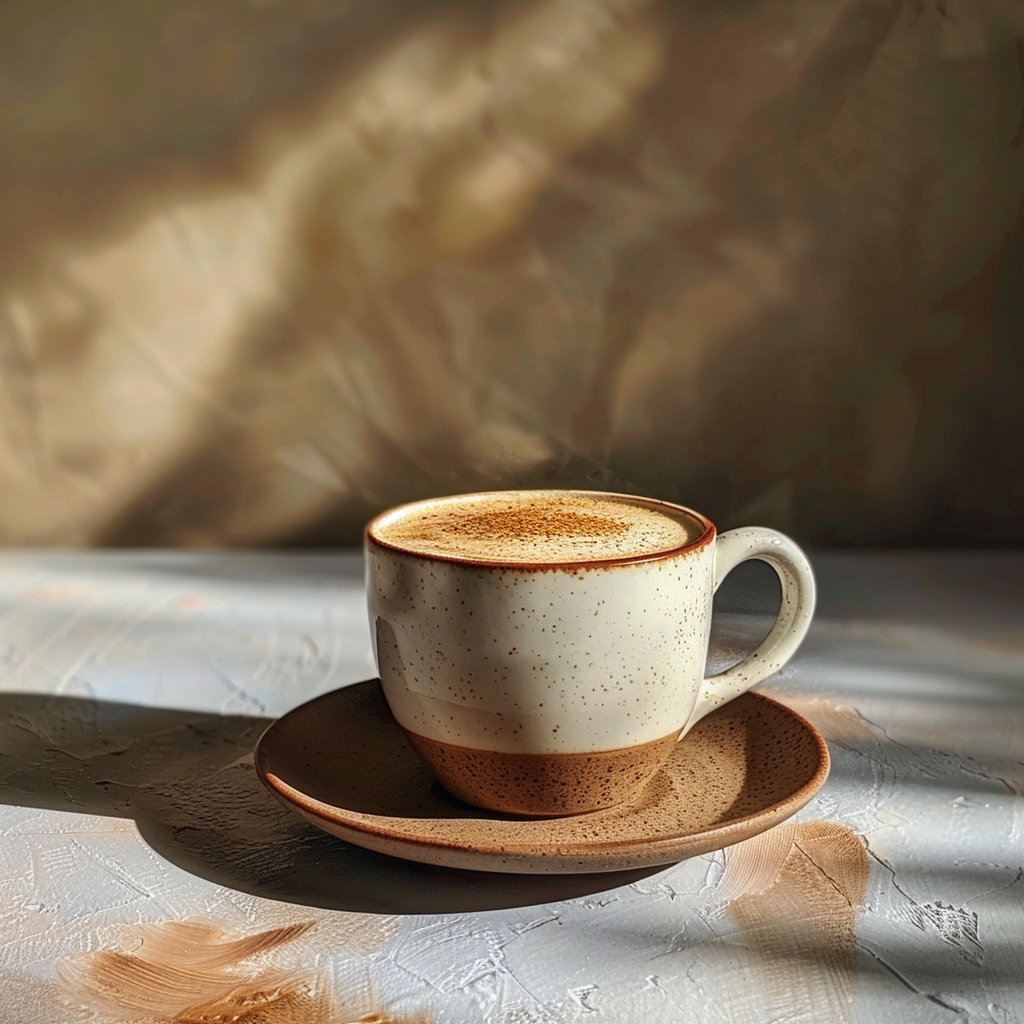A Beginner’s Guide to Arabica Coffee: From Bean to Cup
introduction
When you take your first sip of coffee in the morning, do you ever wonder about its journey from a faraway farm to your cup? Arabica coffee, a favorite among many, has a rich backstory, unique growing methods, and a distinct taste that makes it stand out from other coffee types. This beginner-friendly guide will walk you through the story of this coffee, from its historical roots to your coffee mug.
Origins and History
The coffee has a deep history that dates back centuries. Originally found in Ethiopia, it’s believed that locals discovered the energizing effect of the coffee cherry long before the beans were brewed into the drink we know today. The coffee plant then made its way across the Middle East in the 15th century, becoming a staple in homes and public coffee houses, or “qahveh khaneh.”

The Unique Qualities of Arabica Coffee
It is often compared to its cousin, Robusta. However, several key differences set them apart:
- Arabica vs. Robusta: What sets them apart? Arabica beans tend to have a sweeter, softer taste, with notes of fruit and sugar. They contain almost half the caffeine of Robusta beans, leading to a less bitter flavor.
- The flavor profile of Arabica coffee includes hints of fruits and berries, with a higher acidity compared to Robusta, giving Arabica its distinctive and sought-after flavor.
Cultivation and Harvesting
Grown in the equatorial regions known as the Coffee Belt, Arabica prefers higher altitudes and is mainly harvested in Latin America, East Africa, and Asia. However, it’s a sensitive plant, vulnerable to climate change, a topic further explored in the
New Study Maps Dramatic Projected Decreases in Suitable Coffee Land.
Arabica Coffee Varietals
There are several varieties of coffee, each with unique characteristics:

The Process from Bean to Cup
From picking the ripe cherries to brewing the final cup, the coffee production process is complex:
The Health Benefits and Risks of Arabica Coffee
While this coffee is loved for its taste, it also offers health benefits:
Brewing the Perfect Cup of Arabica
Making a great cup of Arabica at home can be simple with the right approach:
FAQs
What makes Arabica coffee more expensive than other types?
This coffee is often pricier due to its taste and the more labor-intensive cultivation and harvesting processes it requires. Its growing conditions lead to lower yields than Robusta, contributing to the higher price.
How do I store Arabica beans to preserve their flavor?
To keep the beans fresh, store them in an airtight container away from direct sunlight and moisture. It’s best to grind the beans right before brewing to enjoy their full flavor profile.
Can I brew Arabica coffee using any method?
Yes, our coffee can be brewed using various methods, including drip, pour-over, French press, and espresso. The choice of method can depend on your taste preference and the specific type of varietal you’re using.
Conclusion
Walking through the world of this coffee shows us its rich flavors and the careful efforts behind every cup. From its historic origins to the nuanced process of cultivation and the art of brewing, our coffee offers a delightful journey for anyone interested in diving into the coffee culture. Whether you’re just starting to try different coffees or you’re a long-time enthusiast, the adventure that is Arabica coffee never ceases to impress.


